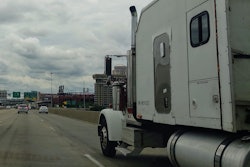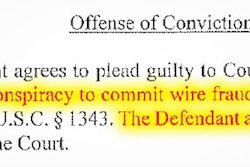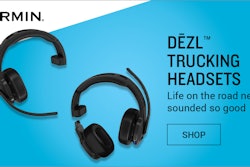Way too often I get calls from someone claiming to be a broker who wants to receive a certificate of insurance for one of my customers so they can dispatch them on a load. I politely inform the broker, “COIs can only be requested by the insured.”
Then: I contact the customer to inform them of the broker attempting to get a COI. Frequently, that’s when I learn that the supposed dispatch didn’t and wasn’t about to happen at all -- it was either an attempt at identity mining or a scam.
Many of us look at our certificate of insurance and think, “there’s nothing here to steal my identity.” That is most certainly not the case. Would-be identity thieves use multiple sources to gain as much information on us as possible before executing the theft. Our COIs contain our addresses, company names, insurance policy numbers, vehicle identification numbers, our insurance carrier, our insurance agency information and more.
Insurance fraudsters and insurance stalkers can both use COIs to determine if it’s worth their time to attempt an insurance claim or lawsuit against us. We all know what an insurance fraudster is. But I call attorneys who target trucking companies insurance stalkers. Both like to use COIs to identify who they can collect the largest sum of money from with an insurance claim or lawsuit. Insurance stalkers can use COIs when a potential client approaches them with a request to represent them for a claim or lawsuit involving a truck or trucking company.
The FMCSA only requires the minimum bodily injury property damage (BIPD) coverage to be listed on our publicly available MCS-90 endorsement. However, that amount may be and frequently is less that what our actual policy's BIPD coverage is for. These days, most trucking companies have at least $1 million in BIPD coverage. That is why insurance stalkers like to have a COI. It shows that full amount of BIPD coverage on the policy. Insurance stalkers use that information to adjust the amount of the claim and/or lawsuit to an amount closer to the total BIPD coverage of the policy.
Insurance fraudsters, meantime, can use COIs to identify which trucks they wish to target in a planned “accident” -- aka insurance fraud.
[Related: How the nuclear verdicts threat rolls downhill to small fleets and owner-operators]








